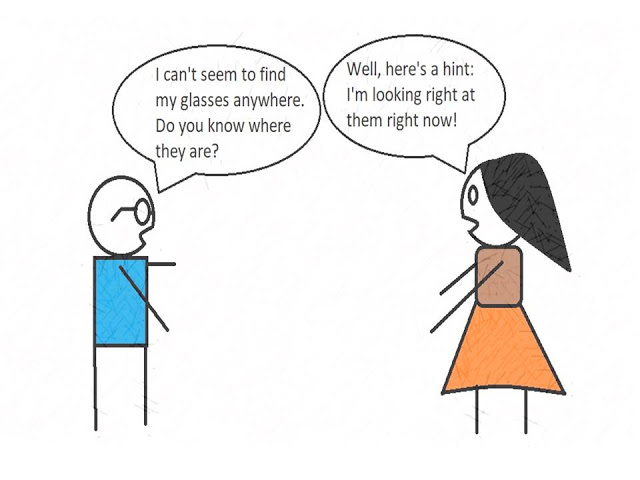For most of our evolutionary history as Homo sapiens, we lived as hunter-gatherers. Men were predominantly hunters while women were predominantly gatherers.
If men and women had these different roles, it makes sense that their bodies have evolved differently, and therefore, look different. Men’s bodies are adapted more for hunting while women’s bodies are adapted more for gathering.
When you look at the male and female bodies, the sex differences are obvious. Males are generally taller, have more muscle mass and more upper body strength than women.
This helped our male ancestors to successfully defend themselves against predators that might have attacked them on their hunting trips.
Also, men have thicker and tougher skin on their backs, unlike women. This might have enabled them to defend themselves from predator attacks coming from behind.
While these physical sex differences are apparent and easily observed, what’s not apparent is the difference in the cognition of men and women- how men’s and women’s visual perception has evolved differently reflecting their roles as hunters and gatherers respectively.
Visual perception of men and women
Ask yourself, what are the visual perceptual abilities required to be a successful hunter and an effective gatherer of food?
You need to be able to zero in on a target at a distance so that you can track its movements and plan your attack. Men have a narrow, tunnel vision that enables them to do just that whereas women have a wider peripheral vision that is more helpful when you’re gathering fruits and berries from multiple directions in close range.
This is why modern women can easily find things around the house while men sometimes have problems finding an object that’s right in front of them.
Usually, it’s the men who get mad at women for ‘displacing’ things and constantly complain about it while the women seem to be able to retrieve any ‘lost’ item with ease.

Men, in general, do better than women in studies that test their ability to track fast-moving objects and discern detail from a distance. They’re also better at accurately perceiving and estimating sizes of targets in far space.
On the contrary, women are better than men at visual acuity in close-range.
They’re also better at discriminating among colours, an ability that must have enabled ancestral women to spot a wide variety of fruits, berries, and nuts while gathering.
When buying a new dress, a woman may be confused about what colour to choose out of the seven colours that all look like ‘red’ to a man.
Since the genes of retinal cone cells that are responsible for colour perception are located on the X-chromosome and women have two X-chromosomes, it could explain why women can describe colours in greater detail than men.
Eyes reveal all
Men’s eyes generally tend to be smaller than women’s eyes, having a lesser white area around the pupil. The more the white area the more it allows for movement of the eye and the direction of gaze which are critical for face-to-face communication in humans. More white allows a greater range of eye signals to be sent and received in the direction that eyes move.
One of the reasons why eyes are considered windows to the soul is because of the greater white areas in their eyes that other primates (and other animal species) lack. Other primates rely more on body language than they do on face-face communication.
Women’s eyes display more whites than the eyes of men because close-range personal communication is an integral part of female bonding. This is why women’s eyes tend to be more expressive and it almost seems like that they can ‘talk’ with their eyes.
When you’re travelling on a bus and there’s something strange going on outside, it’s usually the men who notice it first comment about what’s going on. Imagine you had a hidden camera with which you could see what a man and a woman look at when they’re alone in a room.
Most probably, the man will scan the layout of the room looking for possible exits. He’s unconsciously looking for escape routes should a predator attack happen.
Some men admit that, when at a public place, they sometimes visualize how they’d escape, and help others escape, should fire break out or an earthquake happen.
Meanwhile, the woman who’s alone in a room is likely to constantly stare at nothing, possibly expressing boredom with her eyes. At a public place, she’s more concerned with what’s going on in her vicinity- how everybody is feeling and who likes who.

